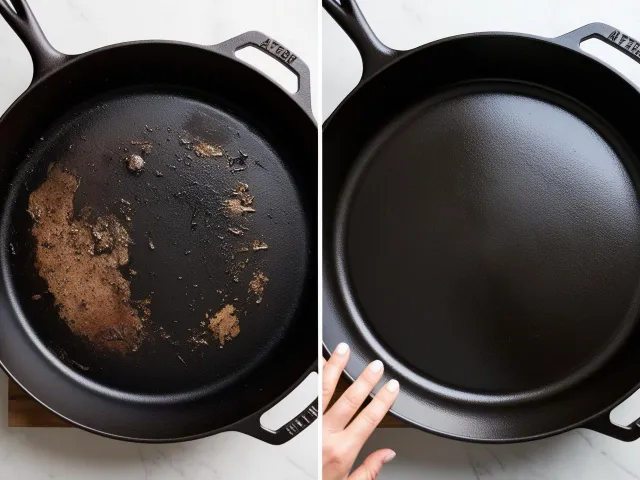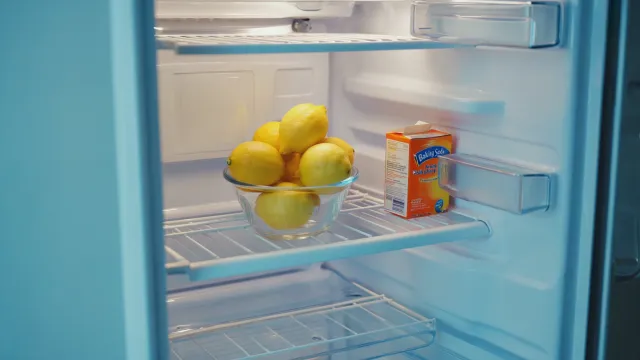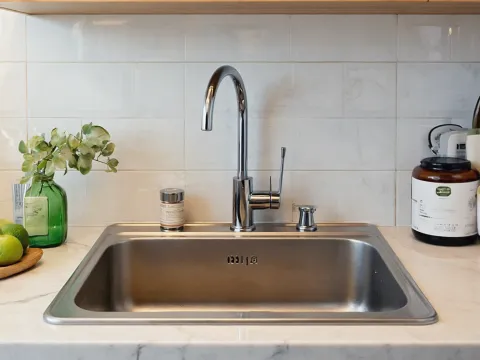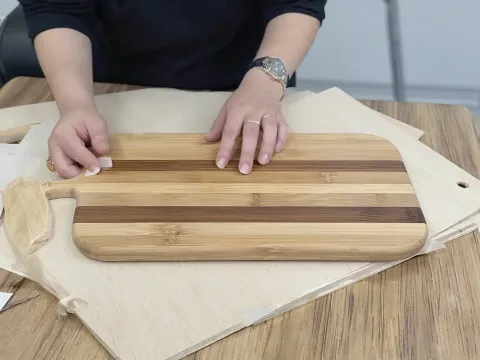Published on May 21, 2025
Last updated: May 21, 2025 · ⏱ 2 min read
The Easiest Way to Clean Cast Iron Without Soap

Understanding the Importance of Cleaning Cast Iron
Cast iron cookware has been cherished for generations, known for its durability and excellent heat retention. However, to ensure that your cast iron skillet remains a reliable kitchen companion, proper cleaning is essential. Unlike other types of cookware, cast iron requires a different approach, especially if you want to maintain its natural seasoning. This seasoning not only enhances the flavor of your food but also creates a non-stick surface that makes cooking and cleaning much easier. Thus, understanding the right methods to clean your cast iron without soap is vital for preserving the longevity and functionality of your skillet.
Why Avoid Soap When Cleaning Cast Iron?
Many people are surprised to learn that soap is not recommended for cleaning cast iron cookware. The reason lies in the unique seasoning layer that builds up over time. This layer is made of polymerized oils that create a non-stick surface. Soap can strip away this seasoning, potentially leading to rust and food sticking to the pan. Additionally, the porous nature of cast iron can absorb soap, which may alter the flavor of your food during cooking. Therefore, finding effective alternatives to soap is crucial for maintaining your cookware’s integrity.
The Salt and Oil Method Explained
One of the simplest and most effective methods for cleaning cast iron without using soap is the combination of salt and oil. This method is not only easy to perform but also highly effective in removing stubborn residue and food particles.
To use this technique, start by allowing your cast iron skillet to cool slightly after cooking. Once it’s warm but not too hot to handle, sprinkle a generous amount of coarse salt over the surface. The salt acts as an abrasive, helping to lift off any stuck-on food without damaging the seasoning.
Next, add a small amount of oil—vegetable oil, canola oil, or even flaxseed oil works well. Use a paper towel or a cloth to scrub the mixture over the surface, applying gentle pressure as you go. This process will help to dislodge any stubborn bits of food while simultaneously rejuvenating the seasoning layer of your skillet.
Once you’ve thoroughly scrubbed the skillet, simply wipe it down with a clean, dry cloth. If any residue remains, you can repeat the process as needed. Finally, place the skillet on low heat for a few minutes to ensure it is completely dry. This step helps to prevent rust and maintains the seasoning.
Using Hot Water to Clean Your Skillet
Another effective method for cleaning cast iron without soap is to use hot water. This approach is particularly useful for removing food particles that might be stuck to the surface after cooking. Begin by filling your skillet with hot water, allowing it to soak for a few minutes. The heat will help loosen any stubborn bits of food, making them easier to scrub off.
After soaking, use a non-abrasive scrubber or a soft brush to gently scrub the surface. Avoid using steel wool or any materials that might scratch the cast iron. Once you’ve removed all the food particles, carefully pour out the water and dry the skillet with a clean cloth or paper towel. As with the salt and oil method, it’s a good idea to place the skillet on low heat for a few minutes to ensure complete dryness.
The Role of Baking Soda in Cleaning Cast Iron
Baking soda is a versatile ingredient that can also be used to clean cast iron. It acts as a gentle abrasive and deodorizer, making it effective for removing tough stains and odors. To utilize baking soda, sprinkle a small amount over the surface of your skillet, then add a bit of water to create a paste. Use a soft cloth or sponge to scrub the mixture over the skillet, focusing on any areas with stubborn residue.
After scrubbing, rinse the skillet with warm water and dry it thoroughly. As with other cleaning methods, it’s crucial to heat the skillet briefly to prevent rusting. Baking soda is a great option if you’re dealing with burnt-on food or unpleasant smells, as it can help neutralize odors while cleaning.
Preventing Sticking and Rusting in Cast Iron Cookware
To keep your cast iron skillet in prime condition, it’s essential to practice proper maintenance beyond just cleaning. One of the best ways to prevent food from sticking and to avoid rust is to regularly season your skillet. After cleaning, consider applying a thin layer of oil to the surface while it’s still warm. This practice not only protects the skillet but also enhances its non-stick properties.
Storage is another important factor in maintaining your cast iron cookware. Always store your skillet in a dry place, and if you stack it with other cookware, place a paper towel or cloth between them to absorb moisture and prevent scratching. Taking these simple steps will ensure that your skillet remains a reliable tool in your kitchen for years to come.
Understanding When to Reseason Your Cast Iron
Even with regular cleaning and maintenance, there may come a time when your cast iron skillet needs reseasoning. Signs that it’s time to reseason include visible rust, a sticky surface, or if food begins to stick during cooking. To reseason, start by thoroughly cleaning the skillet using one of the methods mentioned above. Once it’s clean and dry, apply a thin layer of oil and place the skillet upside down in an oven preheated to 375°F (190°C). Bake it for about an hour, allowing the oil to polymerize and create a new layer of seasoning.
Conclusion
Cleaning cast iron without soap is not only possible but can be quite simple with the right methods. By utilizing techniques such as the salt and oil method, hot water, and gentle scrubbing with a non-abrasive brush or sponge, you can maintain your skillet’s seasoning and extend its lifespan. These natural approaches help preserve the non-stick surface and protect the pan from rust.
With consistent care, your cast iron cookware will serve you for years to come, delivering delicious meals and enduring performance. Embrace the simplicity of these traditional cleaning methods and enjoy the satisfaction of keeping your kitchen tools in top shape the old-fashioned way.
FAQs: Cast Iron Cleaning

Written by Soufyan from GrowToGrub
Soufyan is a gardening educator and founder of GrowToGrub. Through simple guides, easy recipes, and practical life hacks, he helps everyday growers turn small spaces into sustainable, delicious, and chemical-free living.


